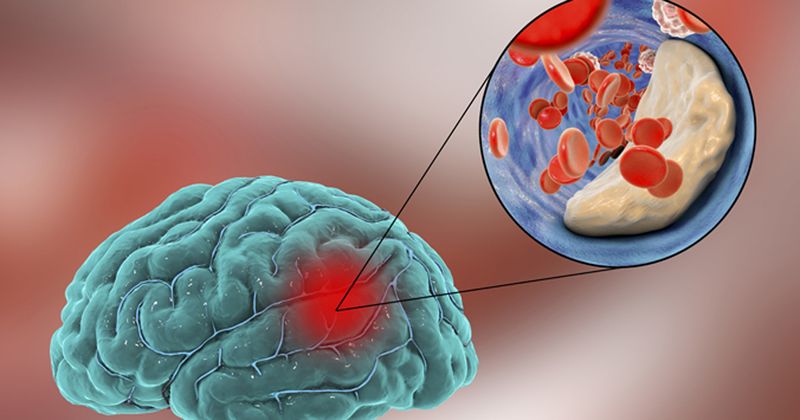Endovascular thrombectomy leads to better outcomes at 12 months in acute ischemic stroke
Key takeaways:
- Prior data from the TENSION study established safety and efficacy of endovascular thrombectomy at 90 days.
- At 12 months, ET bested medical treatment alone in several metrics.
In those with acute ischemic stroke, endovascular thrombectomy was associated with better overall outcomes at 12 months compared with standard medical treatment alone, according to research from The Lancet Neurology.
“Available long-term data from endovascular thrombectomy trials, which mostly included patients with small or medium-sized infarcts, suggest that the beneficial effect of treatment on functional outcome at 90 days — the usual timepoint for primary endpoints in stroke reperfusion trials — persists in long-term follow up,” Gotz Thomalla, MD, professor in the department of neurology at the University Medical Center, Hamburg-Eppendorf in Germany, and colleagues wrote.

Thomalla and colleagues sought to evaluate the safety and efficacy of endovascular thrombectomy at 12 months in the TENSION study, which previously established such for ischemic stroke and ischemic infarct at 90 days.
TENSION was an open-label, blinded endpoint, randomized clinical trial conducted at 41 hospitals across Europe and Canada. The study included 253 individuals with acute ischemic stroke due to large vessel occlusion in the anterior circulation and who had a large infarct. Participants, who underwent standard CT and MRI, were randomly assigned 1:1 to receive either endovascular thrombectomy as adjunct to standard medical treatment or standard care alone. Clinical assessments were performed at baseline, 24 hours, at 7 days or upon hospital discharge; then at 90 days and 12 months.
The primary outcome was functional outcome across the entire range of the modified Rankin Scale (mRS) at 90 days, with 12-month follow-up analyses for functional outcome measured by the simplified mRS questionnaire, quality of life measured by the Patient-Reported Outcomes Measurement Information System 10-item (PROMIS-100) and EuroQol 5 Dimension (EQ-5D) questionnaires, post-stroke anxiety and depression gauged via the Patient Health Questionnaire-4 (PHQ-4), as well as overall survival.
Due to dropouts between the 90-day and 12-month follow-up intervals, data on long-term effects were available for 244 participants (thrombectomy, n = 125; medical treatment, n = 121).
According to the results, endovascular thrombectomy was associated with a shift in mRS scores towards better functional outcome at 12 months (adjusted common OR = 2.39; 95% CI, 1.47–3.9), better quality of life compared with medical treatment only on the EQ-5D (0.7 vs. 0.4) and median overall health scores as reflected by the PROMIS-10 (T-score 39.8 vs. 37.4).
The researchers found insufficient evidence to suggest a difference between groups in global mental health scores on PROMIS-10, or among those with anxiety and depression on the PHQ-4.
Data additionally showed scores for overall survival were slightly better for those given endovascular thrombectomy group compared with medical treatment only (adjusted HR = 0.7; 95% CI, 0.5–0.99).
“This finding is of particular interest because the course of recovery from stroke symptoms is dynamic and might include improvements as well as complications and secondary deterioration even months after stroke,” Thomalla and colleagues wrote.
